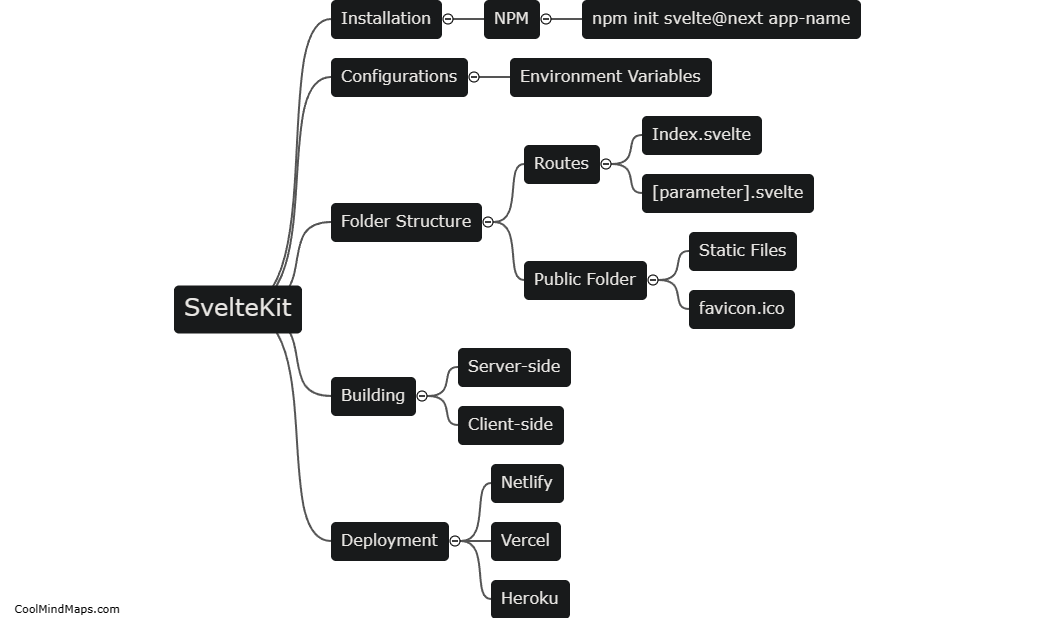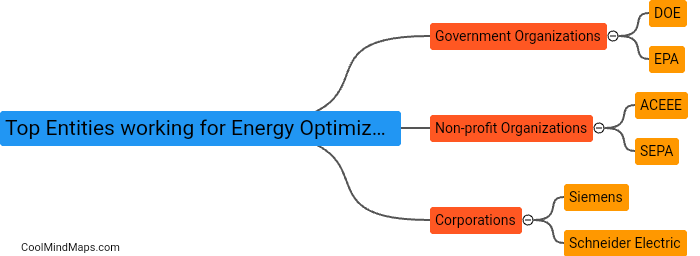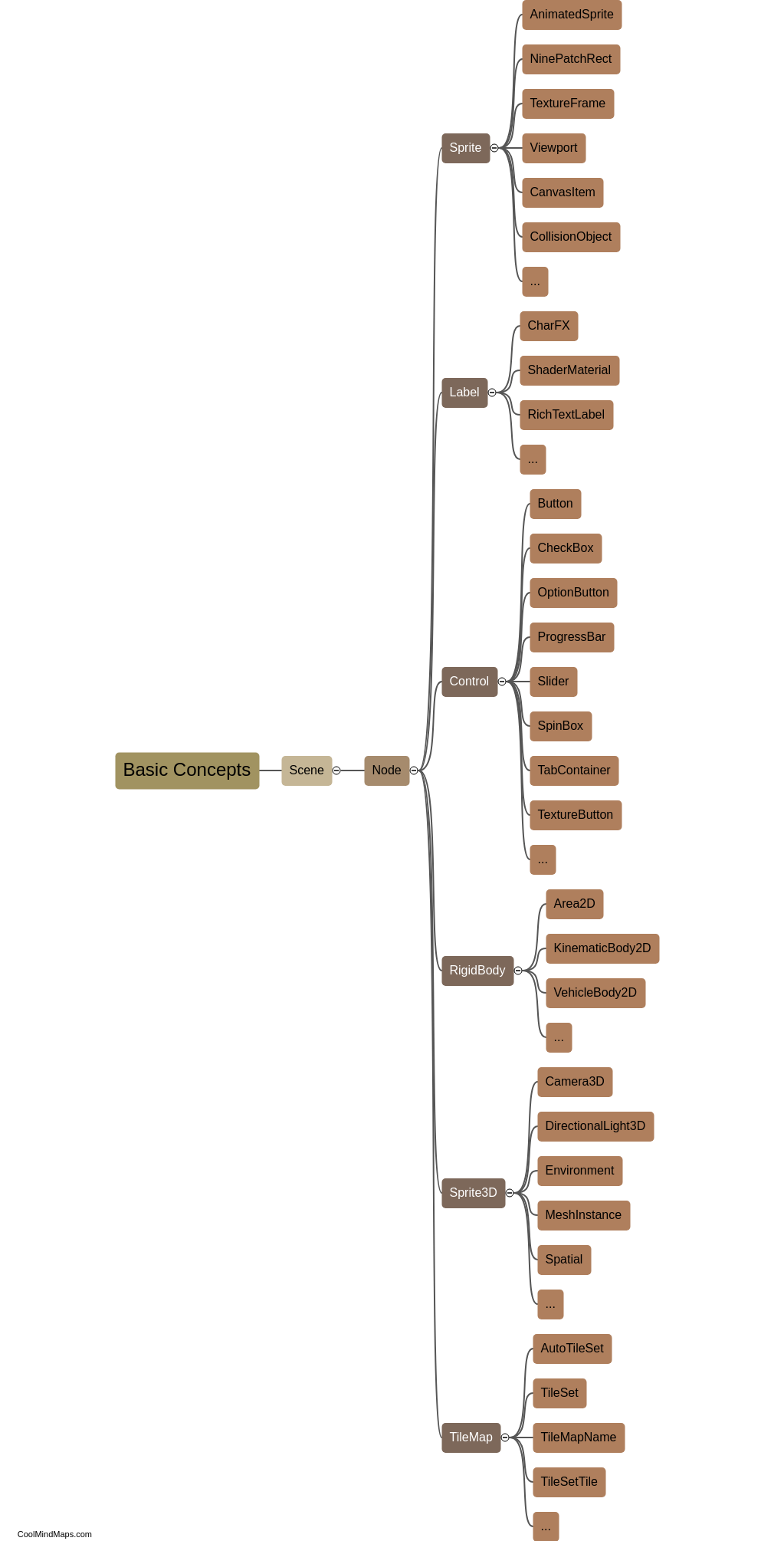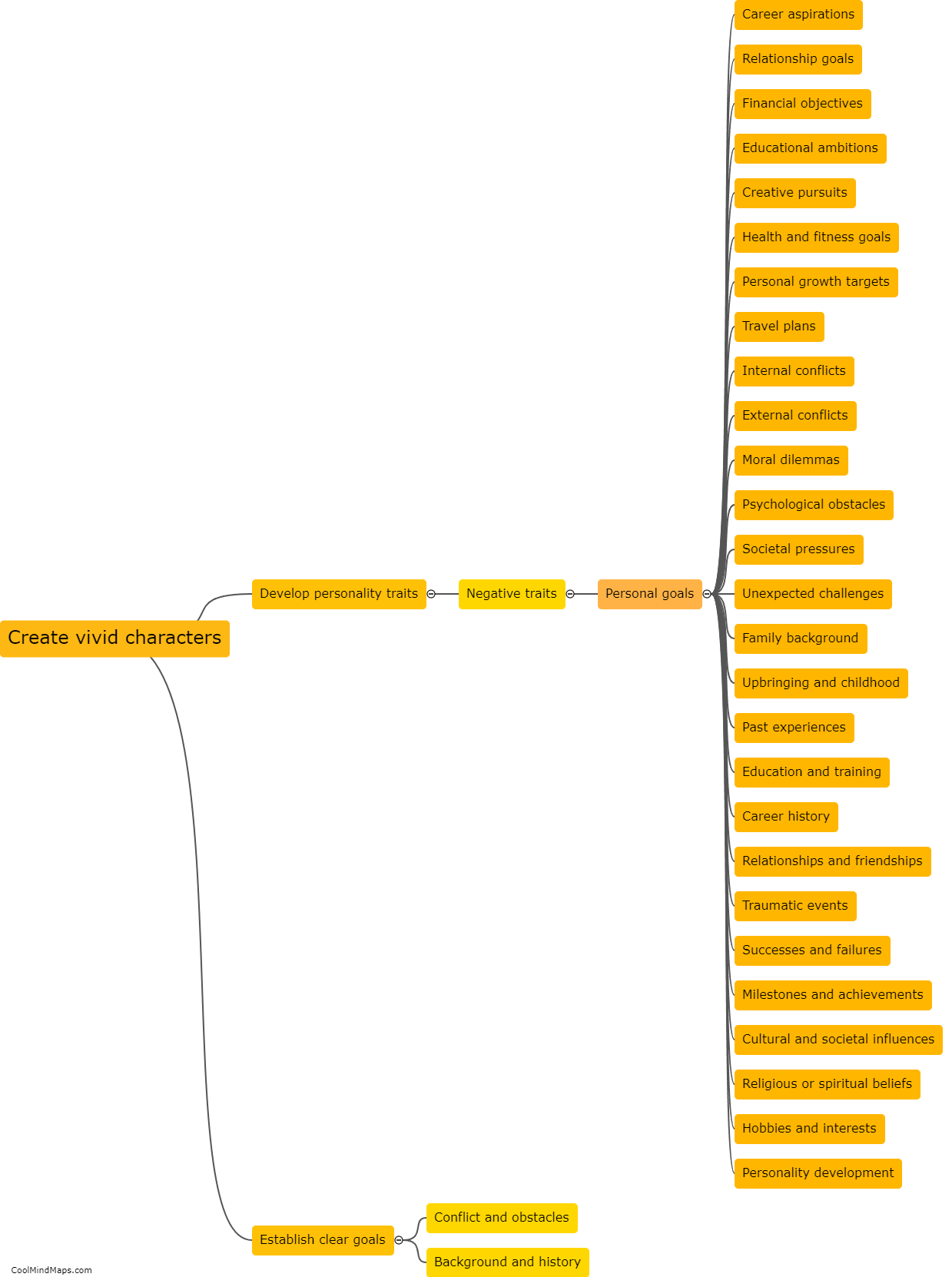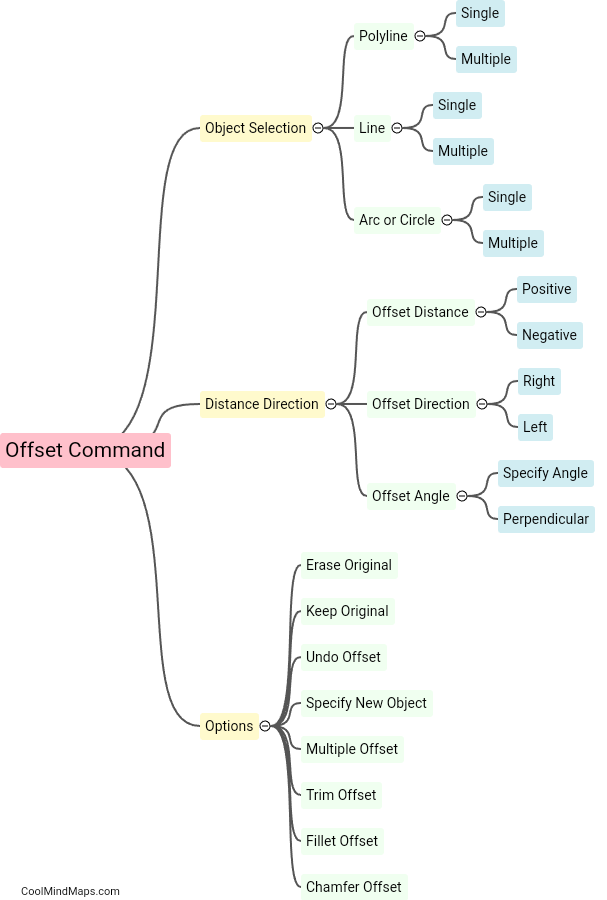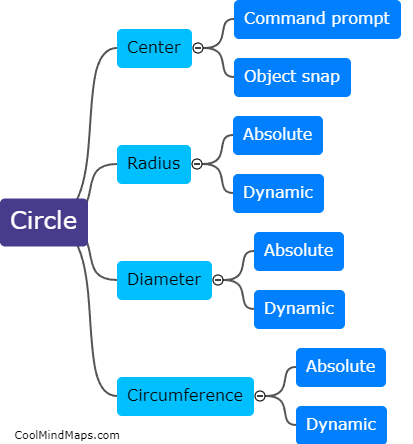What were the characteristics of the Republica Velha?
The Republica Velha, or the Old Republic, was the period of Brazilian history that spanned from 1889 to 1930. It was characterized by a number of key features. Firstly, political power was largely concentrated in the hands of an elite oligarchy, known as the "café com leite" alliance, which consisted of coffee plantation owners from Sao Paulo and dairy farmers from Minas Gerais. This oligarchy dominated the political scene and controlled the presidency, often alternating between candidate from these two states. Secondly, the Republica Velha was marked by a lack of political inclusivity and limited suffrage. Only literate men and those who met strict income requirements were allowed to vote, excluding the majority of the population. This resulted in a significant exclusion of marginalized groups and class divisions within the society. Thirdly, the era experienced significant social and economic unrest, including labor strikes and the emergence of political movements demanding labor rights and agrarian reform. Overall, the Republica Velha was characterized by an unequal distribution of political power, limited suffrage, and social and economic tensions that ultimately contributed to its downfall in 1930.
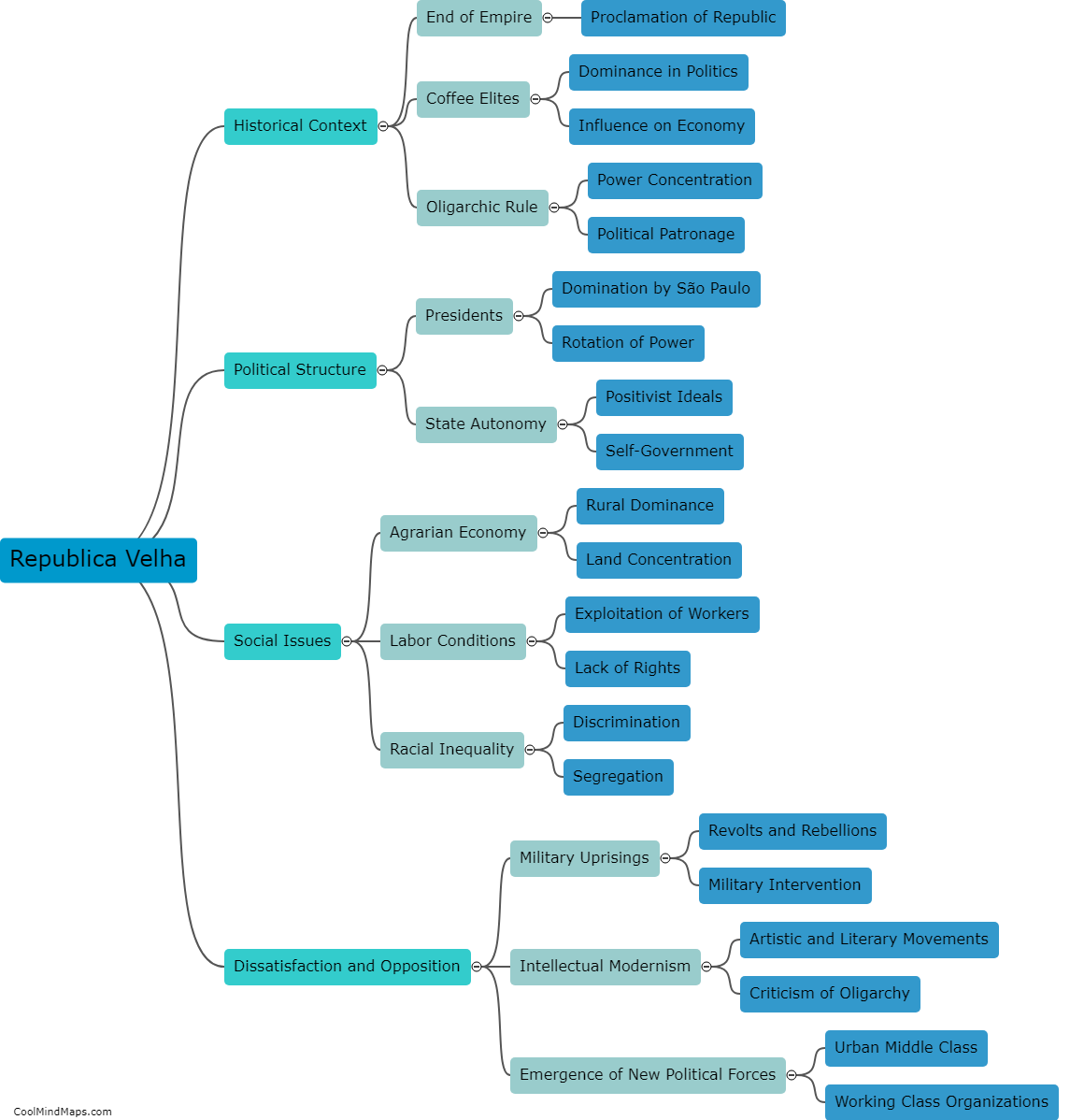
This mind map was published on 3 August 2023 and has been viewed 114 times.
